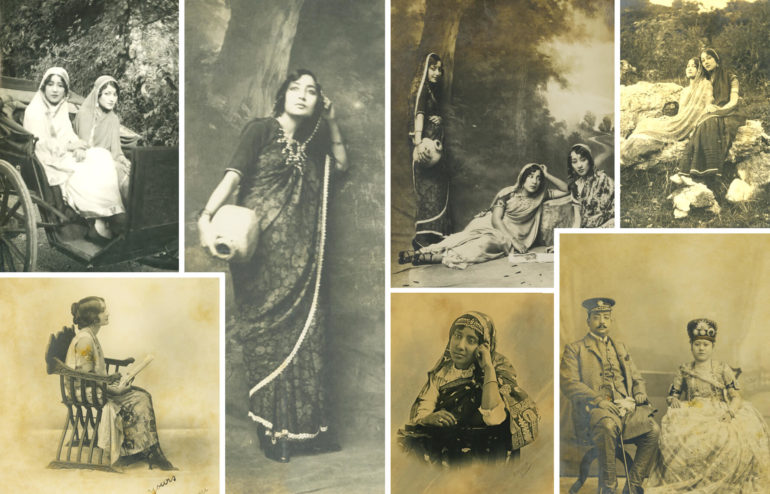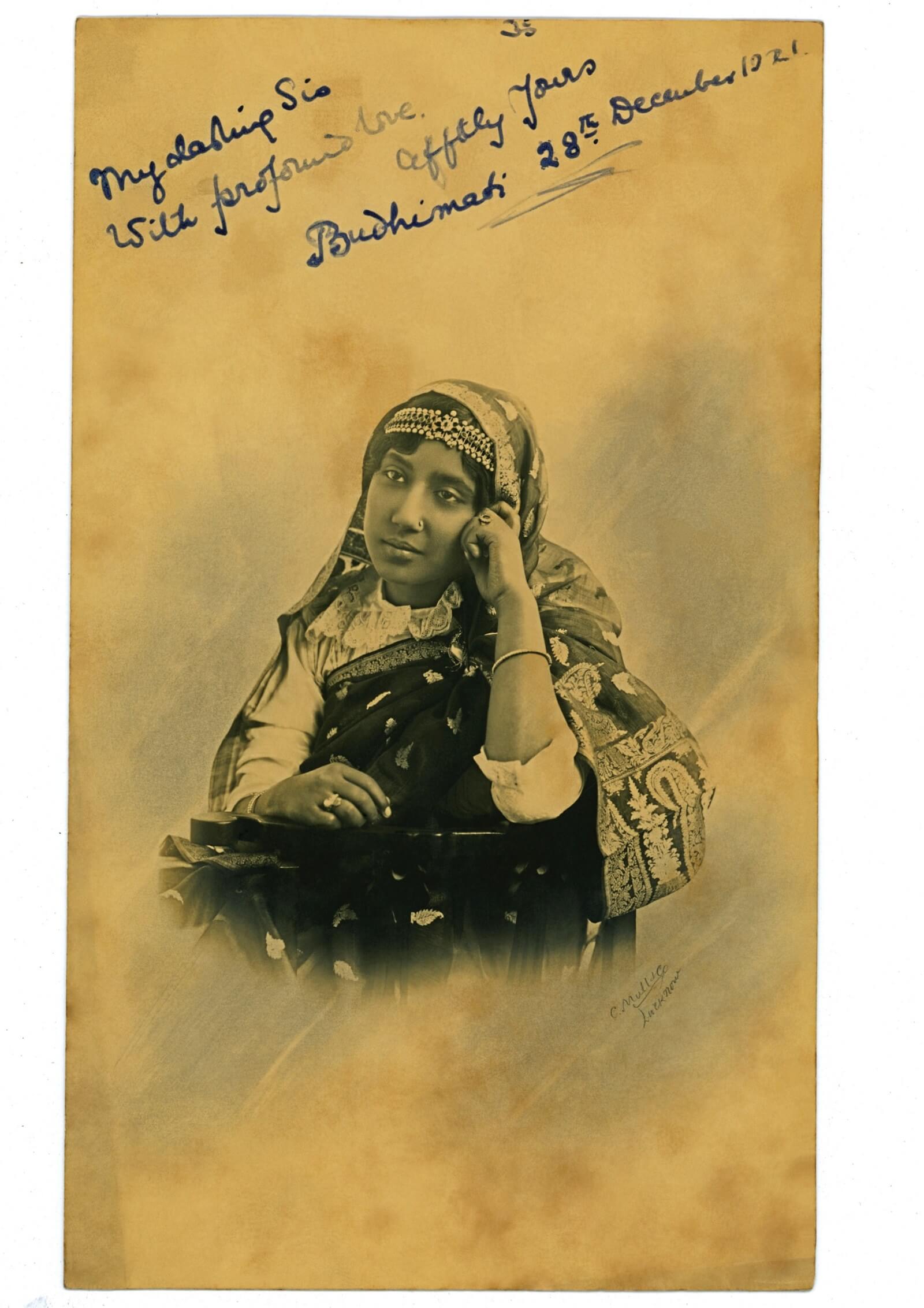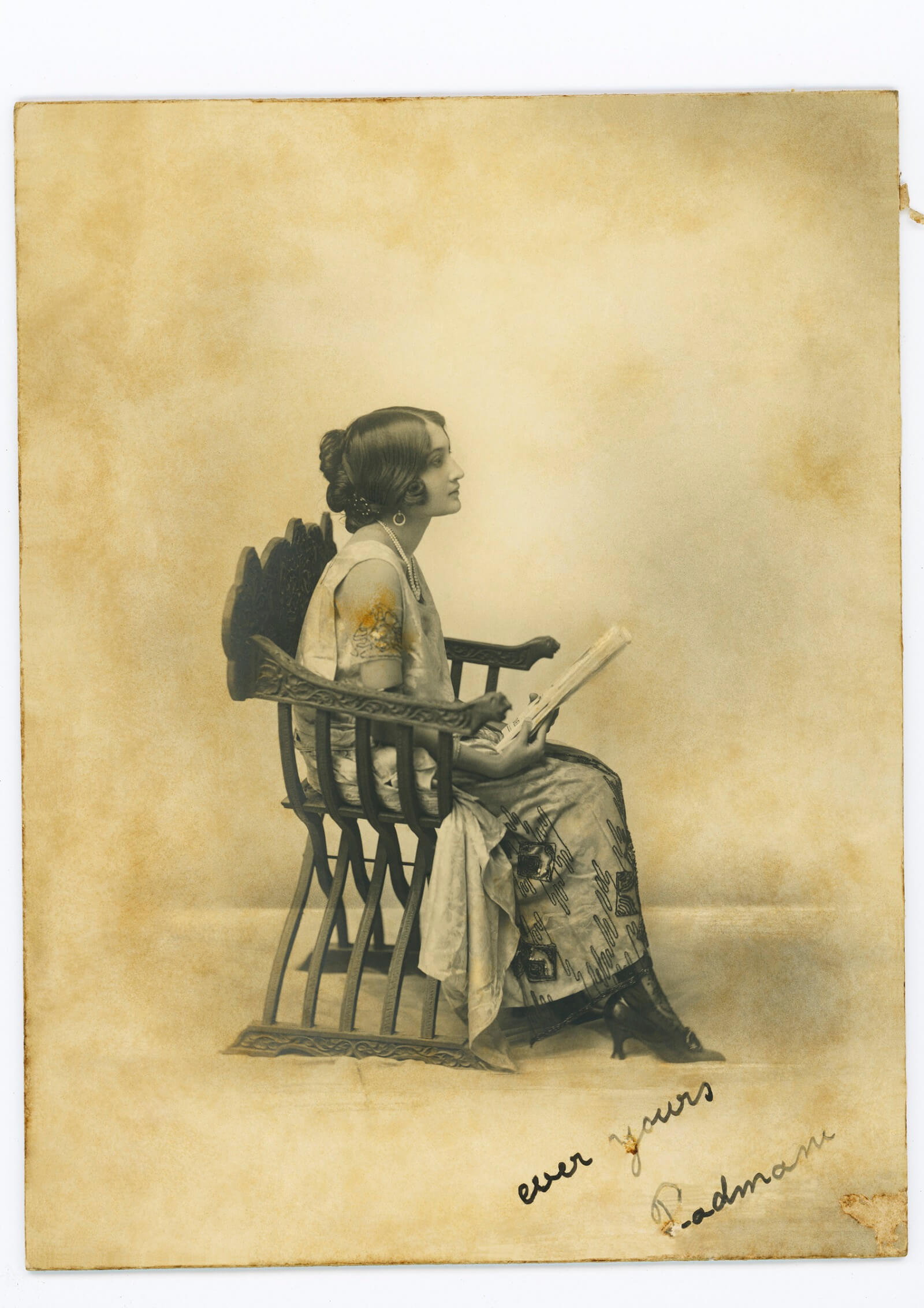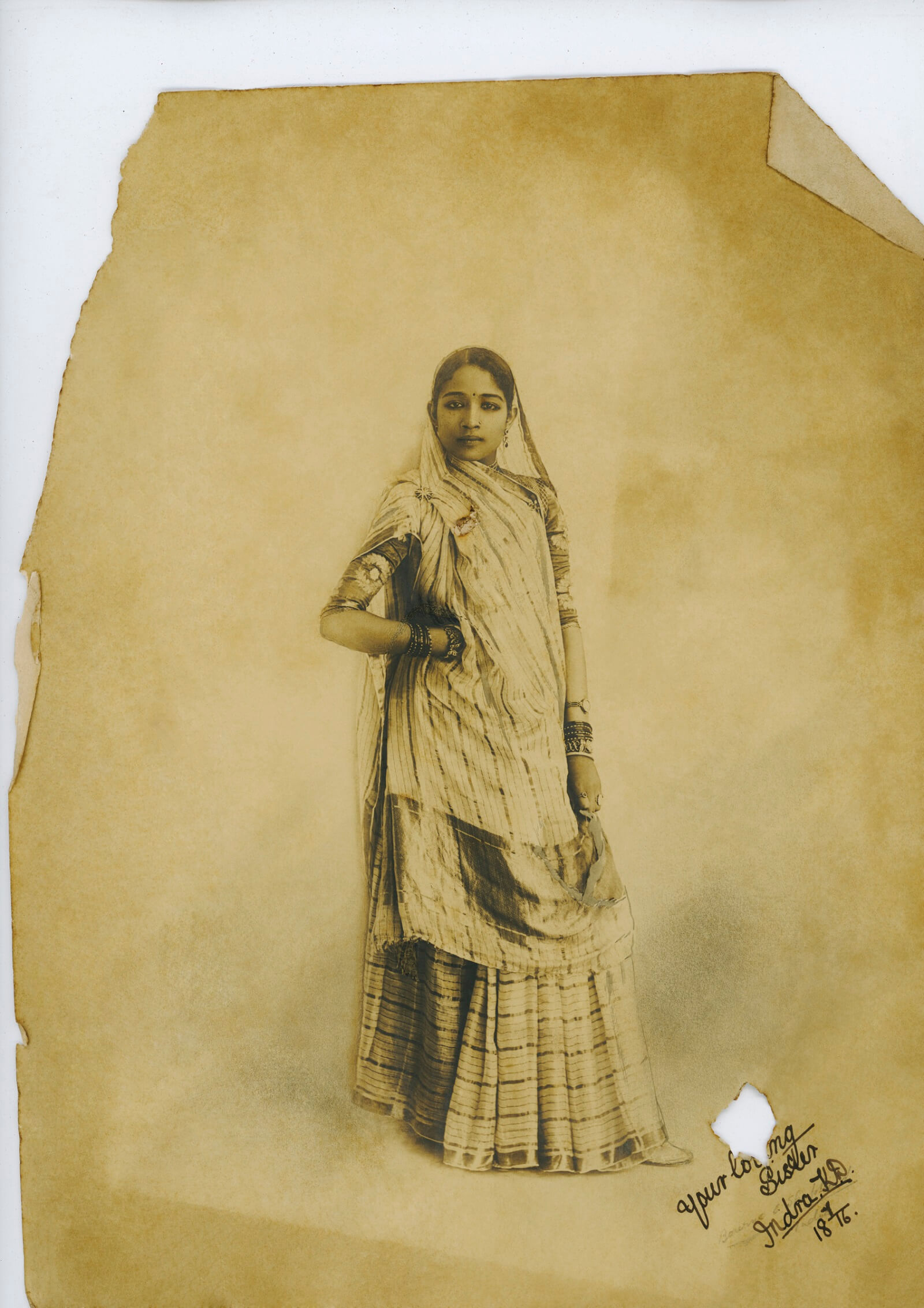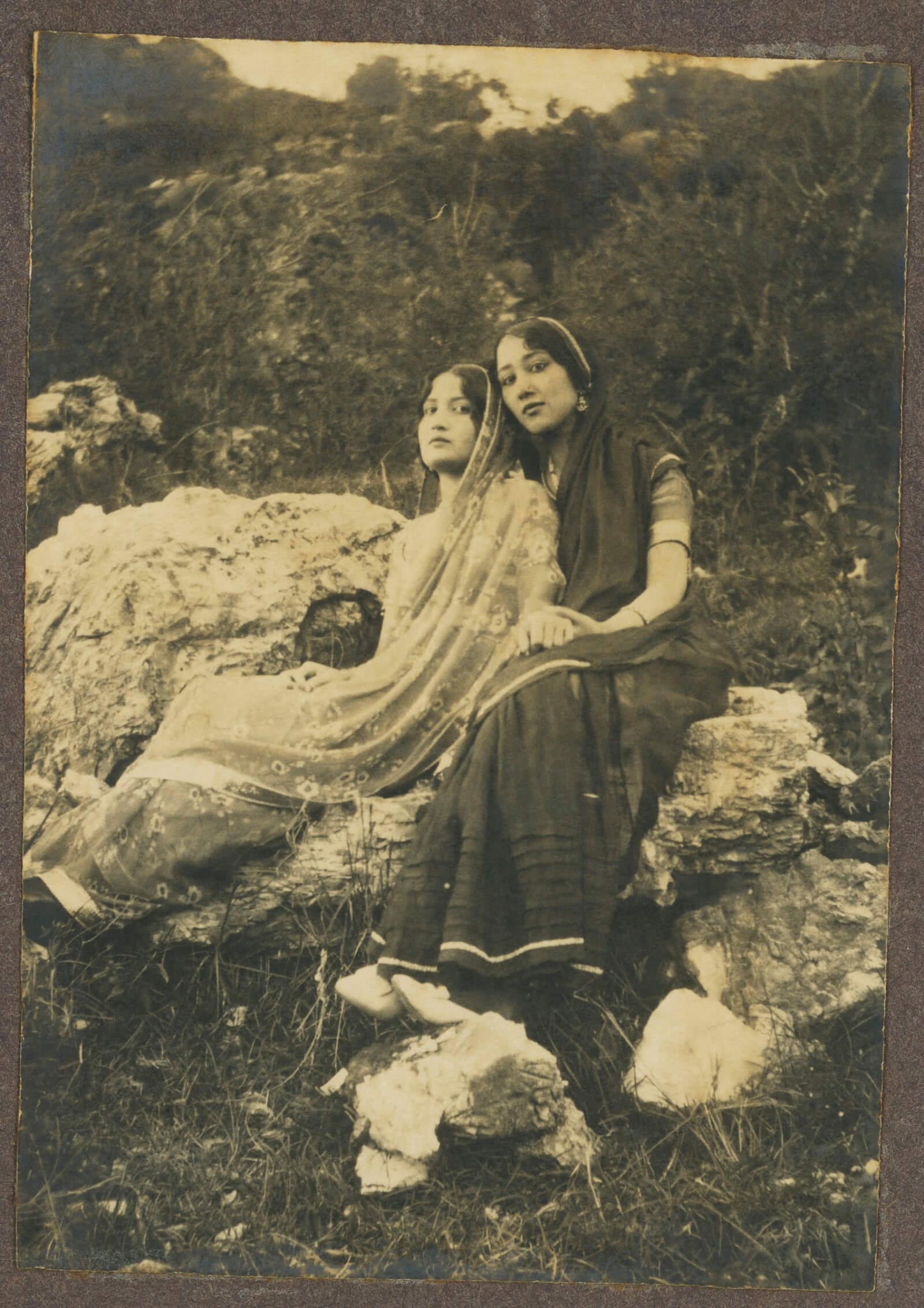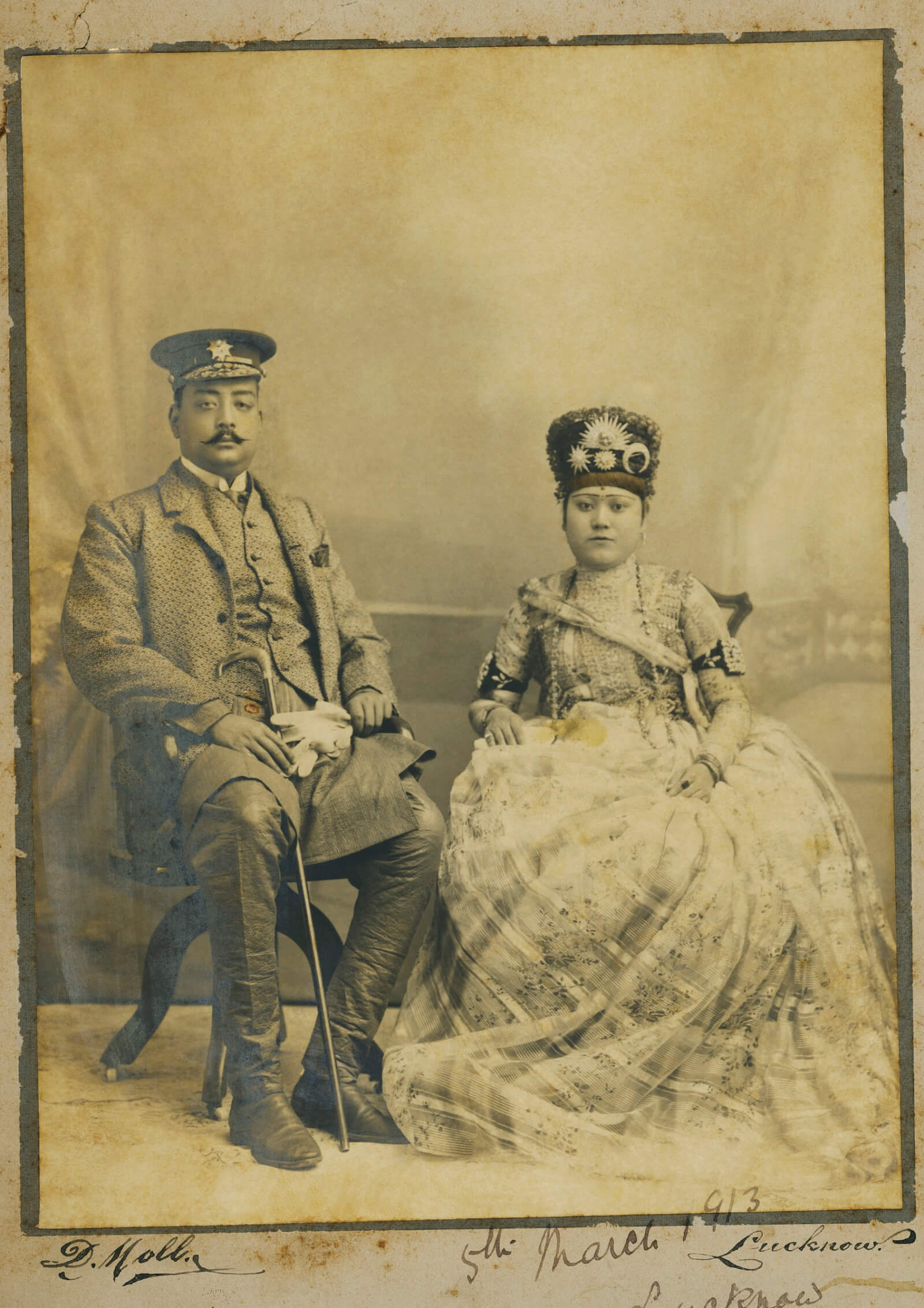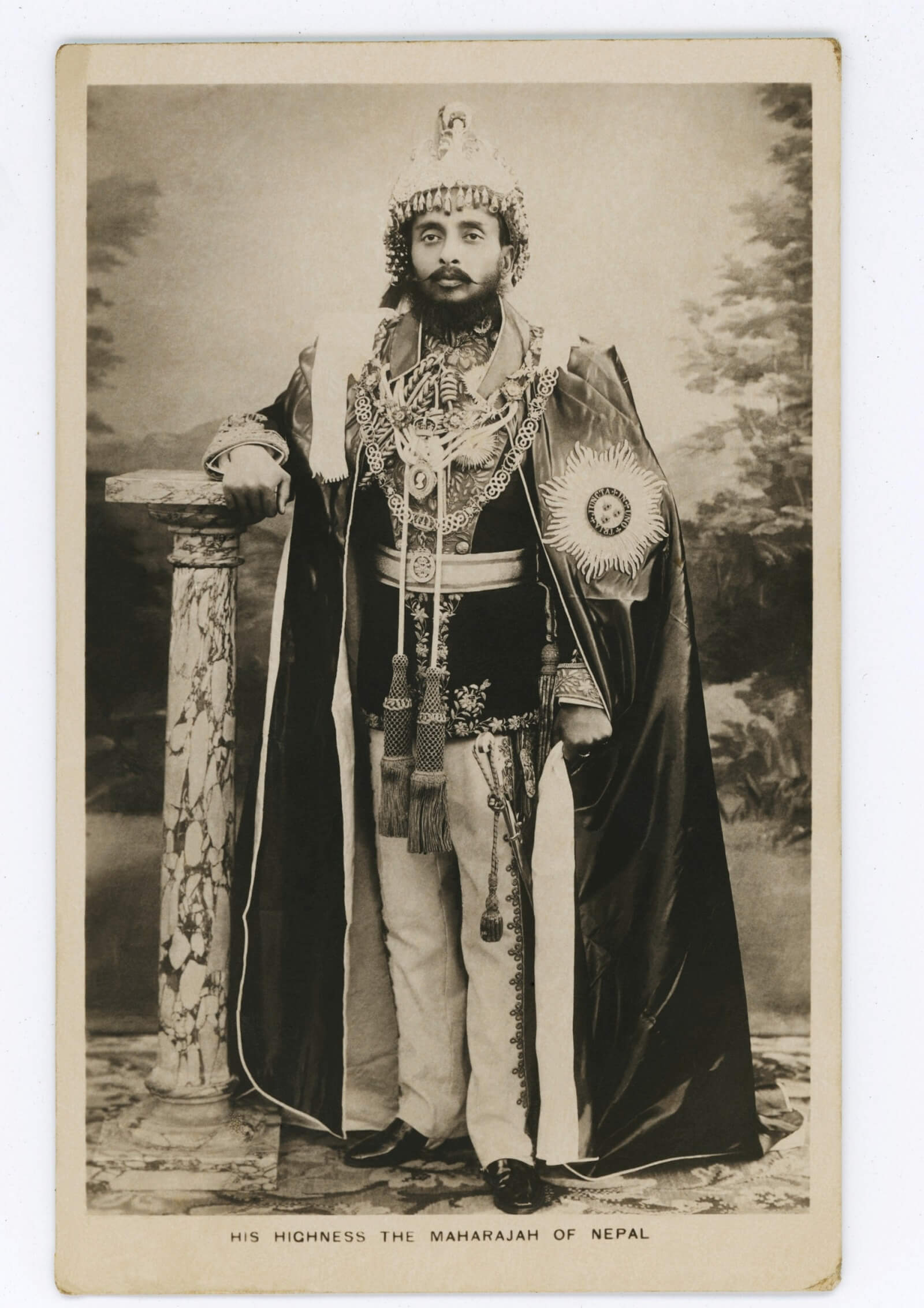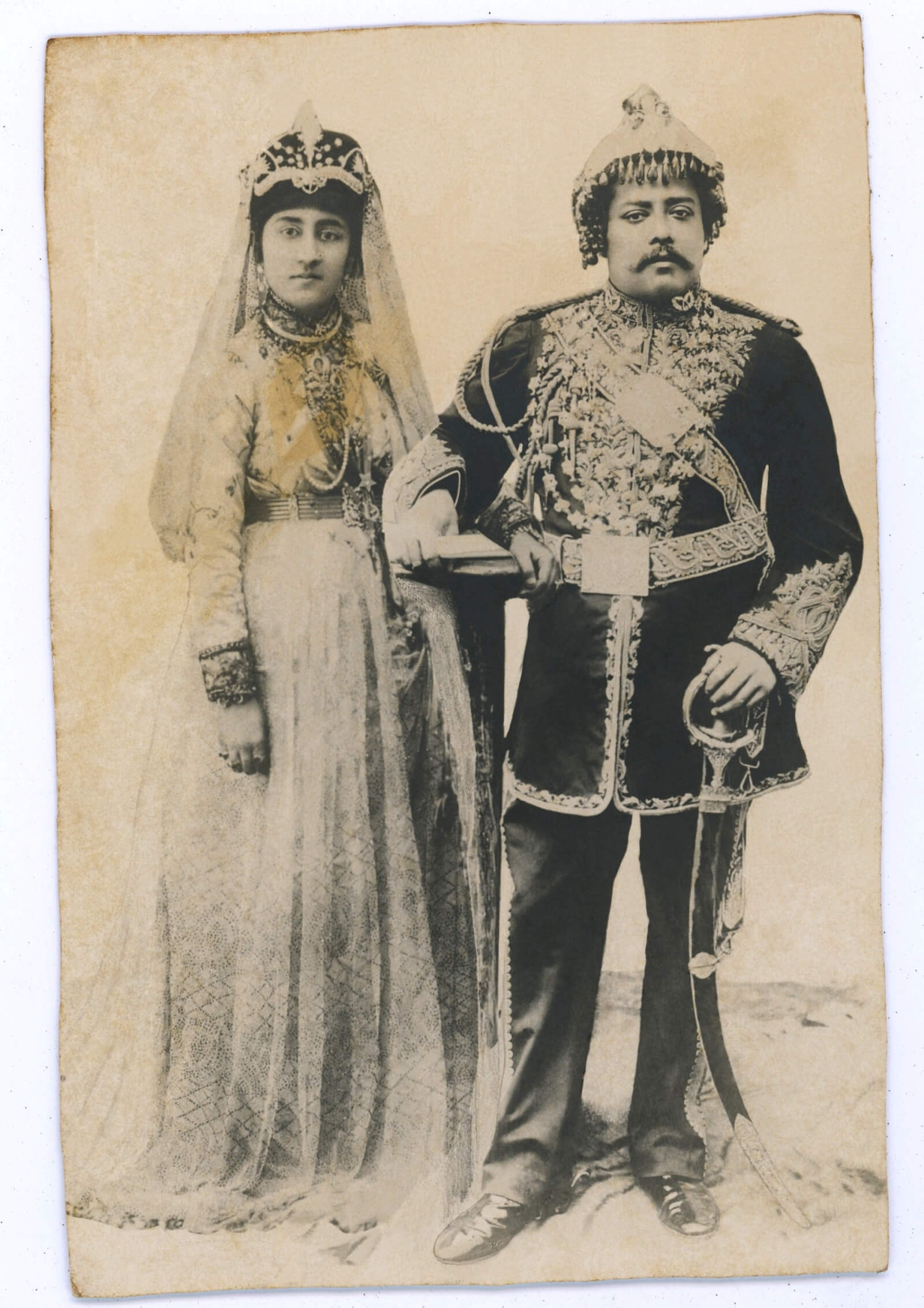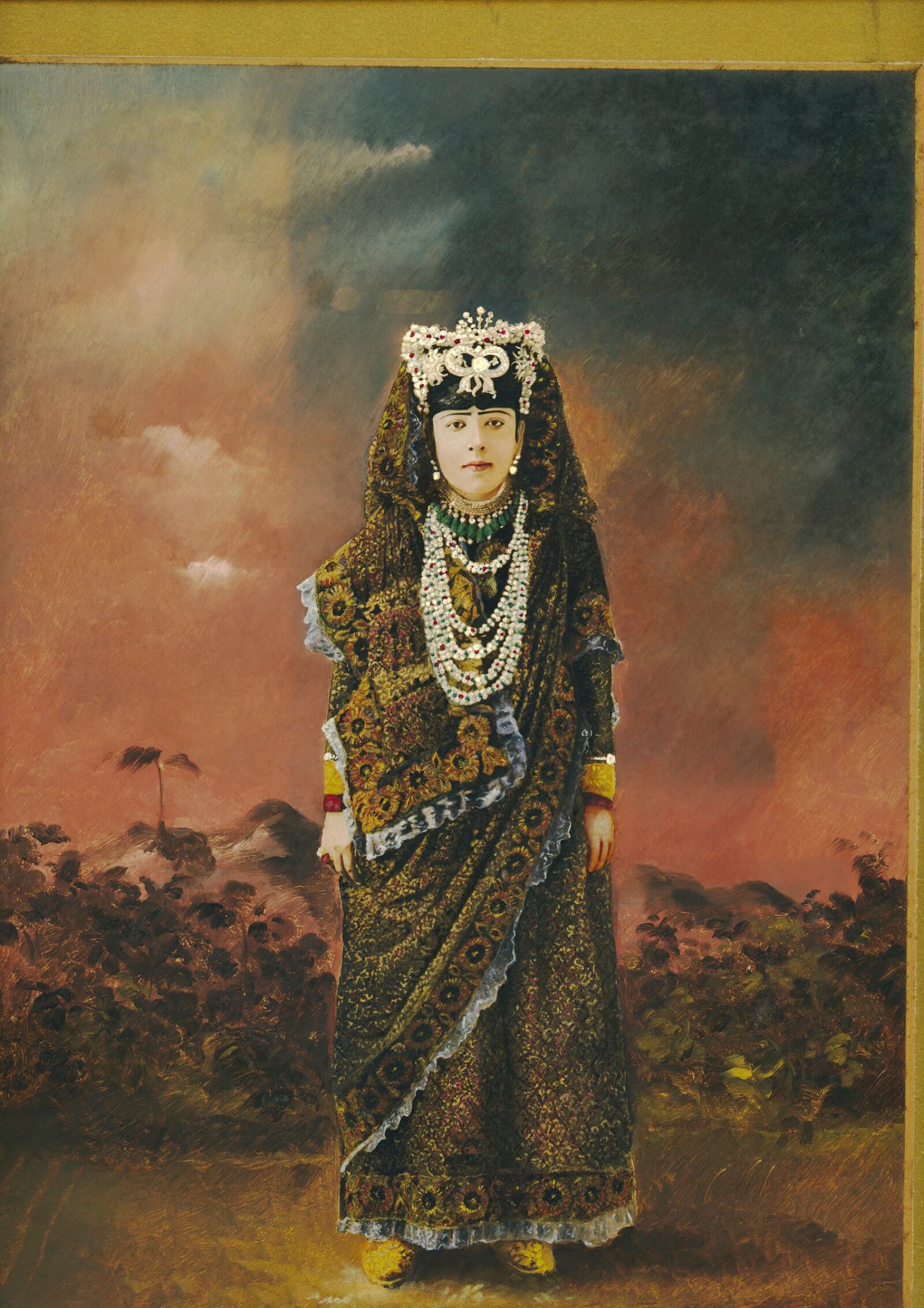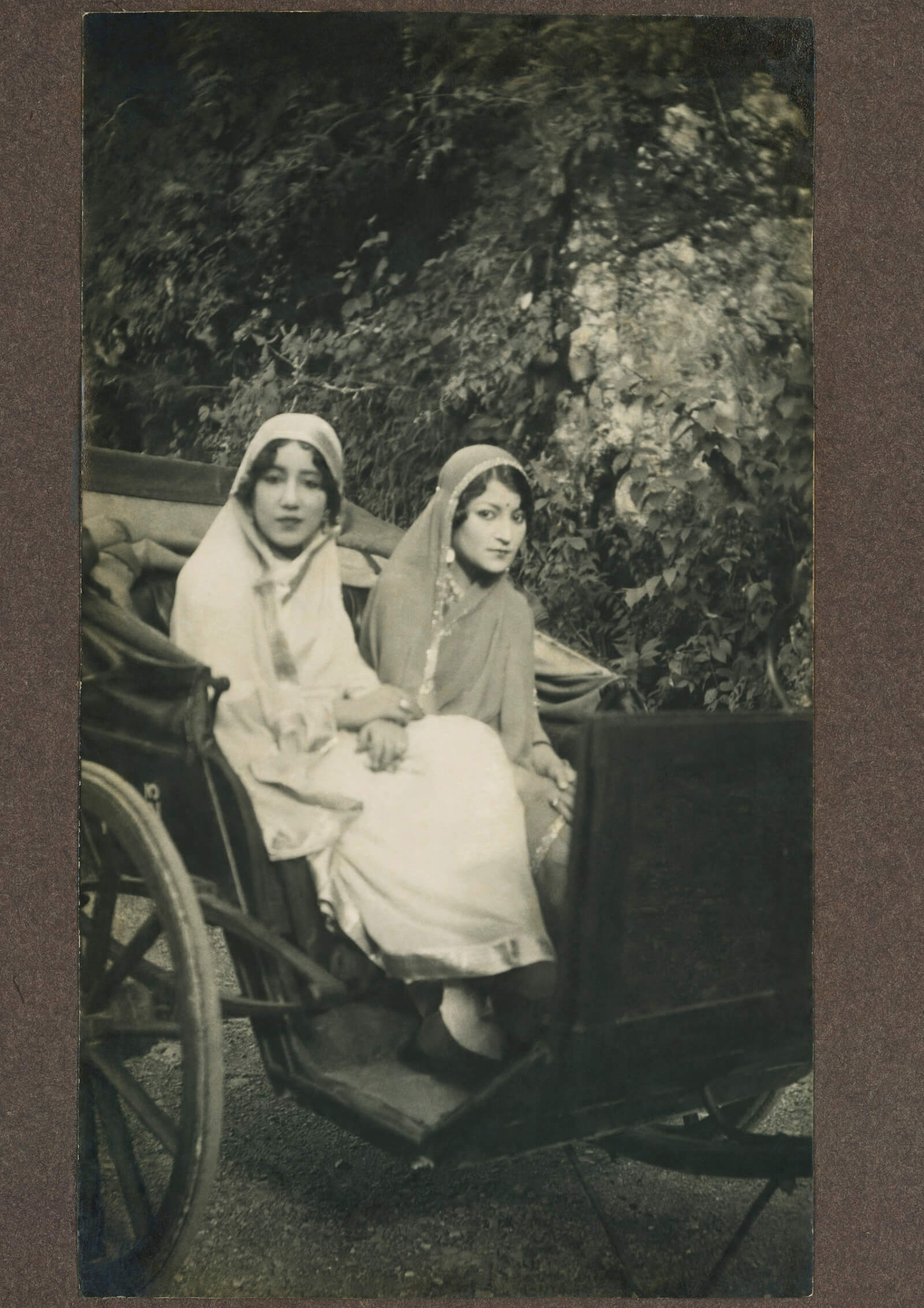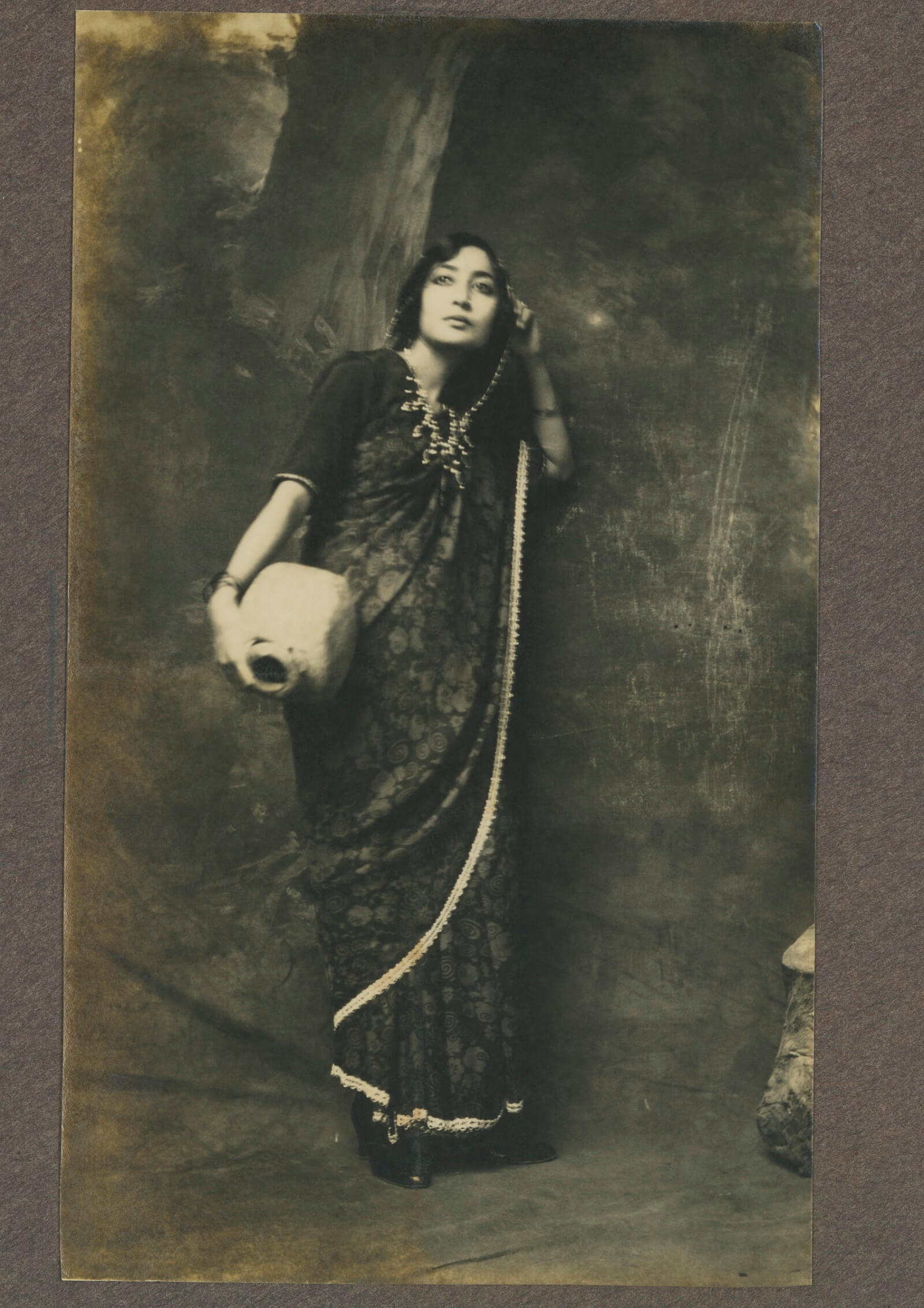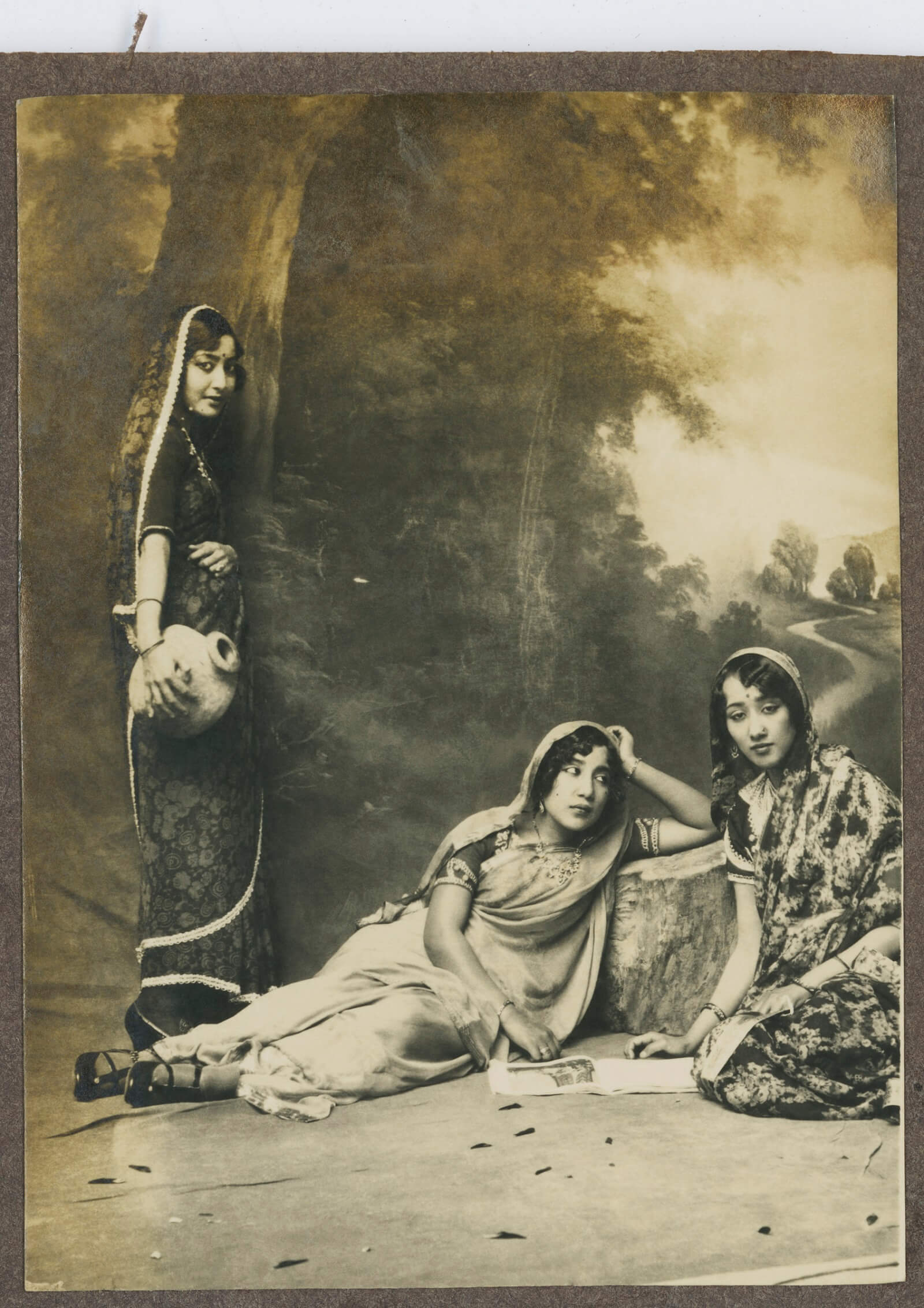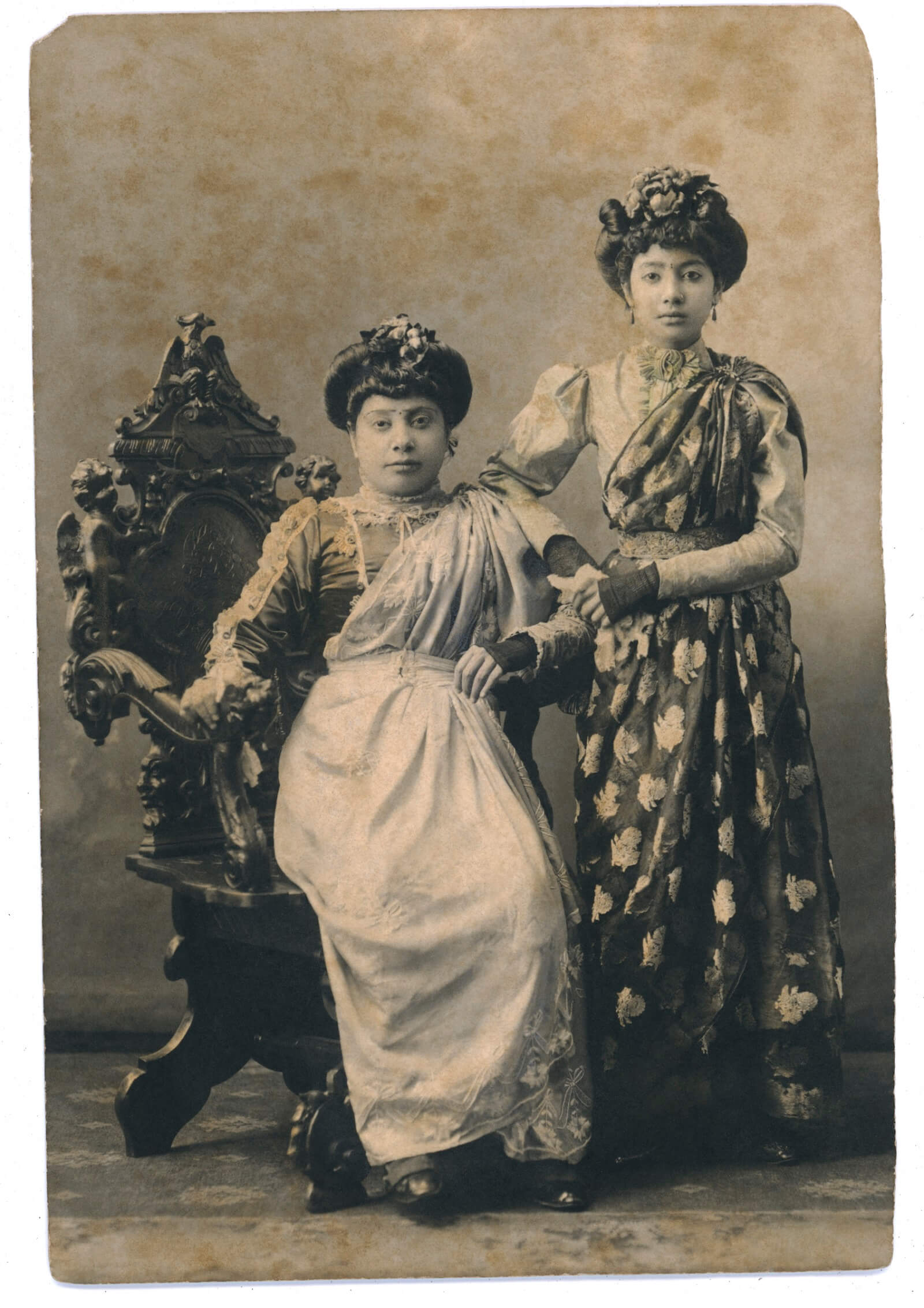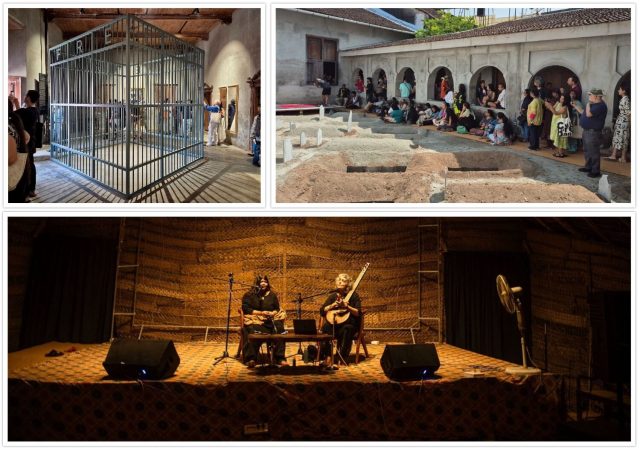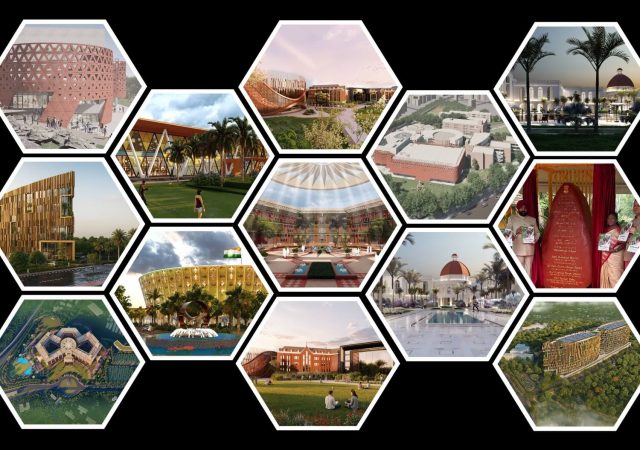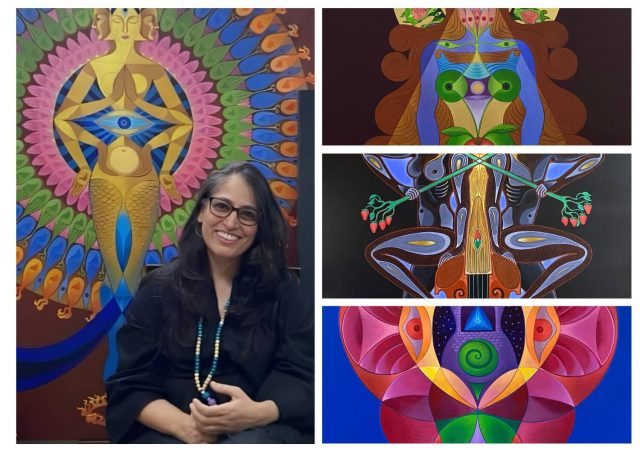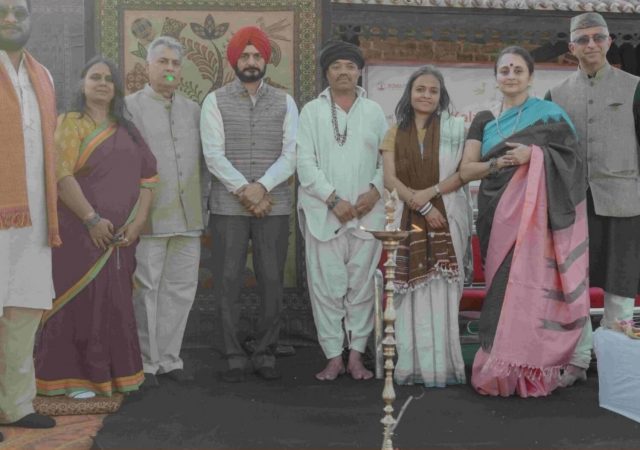It was a travel back in time when on the occasion of World Photography Day (August 19), India Habitat Centre and India Photo Archive Foundation organised ‘Nirvasanama: Portraits of a Life in Exile Through Changing Viewfinders: an exhibition of vintage cameras by The Museo Camera and turn-of-the-century images from the Bhuvan Kumari Devi Archive’. The four-day exhibition starting from 20th August was curated by Aditya Arya and Isha Singh Sawhney.
Nirvasanama is an exhibition of photographs, postcards, records, letters and notes dating back over a century that provides a rare glimpse into the life of Nepal’s most liberal Prime Minister Dev Shumsher Rana – his short rule, his journey to India and subsequently takes up narrative in the twenties and thirties when his seven children lived in Mussoorie, in Fairlawn Castle. Isha Singh Sawhney, one of the curators of the exhibition says, “Our story begins as most archival stories do, in an attic, where hundreds of photographs were about to be burned. The arsonists were my grandmother and my mother. In one attempt amongst hundreds to clean the 150-year-old house, my grandparents lived in, hundreds of photographs dating back to the end of the 19th century were almost destroyed. We can never know today what stopped them from being burnt, but the photographs (passed down through my great grandmother, the daughter of ousted Nepali PM Dev Shumsher Rana) went back into trunks and gunny sacks and lived to see another day. Around 2012, after both her parents passed away, my mother attempted another mammoth clean-up and out came those photographs again. This time we sat and poured over them. Further away from the times they depicted they seemed much more than junk to be burned. They were proof of a life lived in the early part of the 20th century. They were tomes of letters, accounts, travel records, dowry lists and photographs dating back to the end of the 19th century. They were history. And so, in 2014 along with archivist Aditya Arya, the long and tedious process to archive and digitise these photographs was set into motion, as we simultaneously tried to make sense of this cornucopia of material.”
Aditya Arya’s Museo Camera collection of curated cameras through the last century and a half, displayed around 150 iconic cameras, from the tiniest camera to the oldest, which traces the evolution of technology from the nineteenth century to early twentieth century was on the show. A special experiential photo studio was created to transport the guests to the early 20’s and 30’s studios.
Through this extensive repository of images from the BKD Archives, the exhibition recreated life from the turn-of-the-century up until mid-century, a time in history filled with glamour and intrigue, hoping to recreate some complexities of that time, spin narratives about the costume, jewellery and entertainment customs, and bring to life these fascinating people. And see the period come to life.
The Museo Camera was founded in the year 2009 and has grown out of the personal collection of celebrated Indian photographer and visual historian Aditya Arya, who has been collecting antique cameras for more than 35 years. The museum is located in the city of Gurugram, Haryana and houses a rare collection of antique cameras that date back to the 19th Century when photography was formally introduced. The Museo Camera is one of a kind in this part of the world and gives a unique chance to the public to view these cameras, which hold a very strong historical significance.
Aditya Arya has collected them from various countries including England, France, Germany, Japan, America and Switzerland, to name a few. Aditya Arya has spent hours researching the history of cameras for the purpose of nomenclature, captions and cataloguing.
The India Photo Archive Foundation, who also with the India Habitat Centre hosted the exhibition, has been established with a view to identify, preserve and document photographic legacies. It aims to restore original photographs and negatives, digitise their contents, preserve, annotate and document them. The Foundation will encourage the use of such archives in educational, institutional and cultural endeavours. It will work to disseminate the works through exhibitions, publishing and the internet. In doing so, the India Photo Archive Foundation hopes to aid the development of a platform for amateur and professional photography over the ages.


